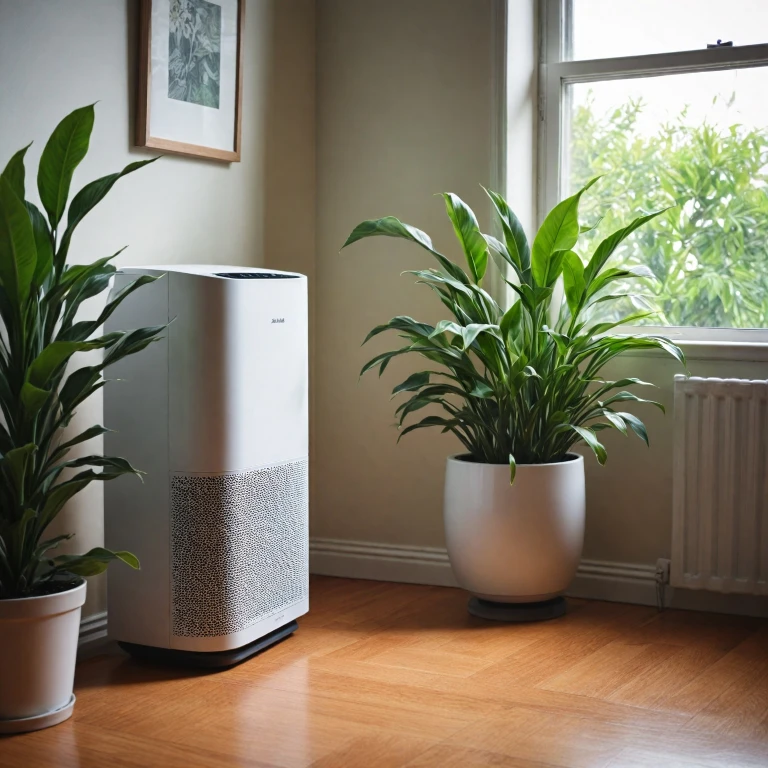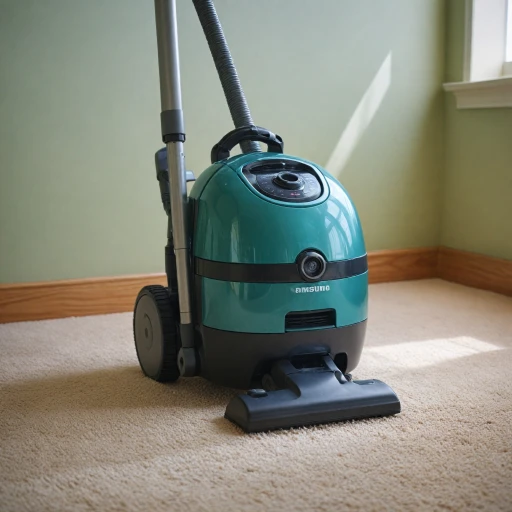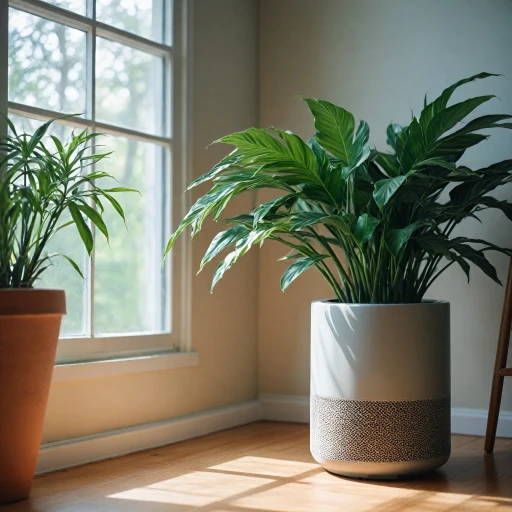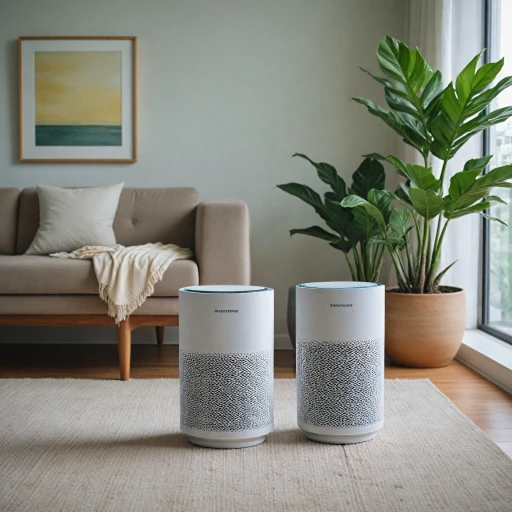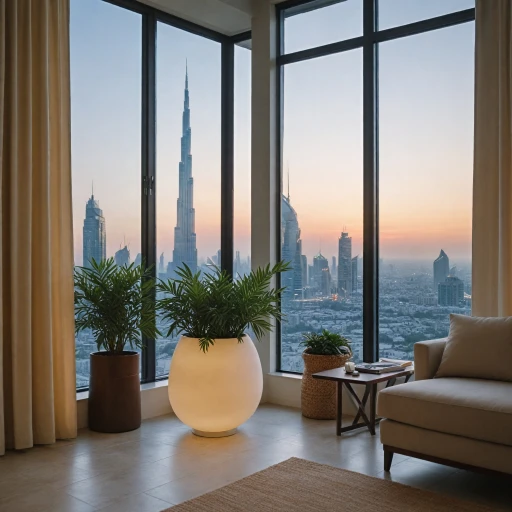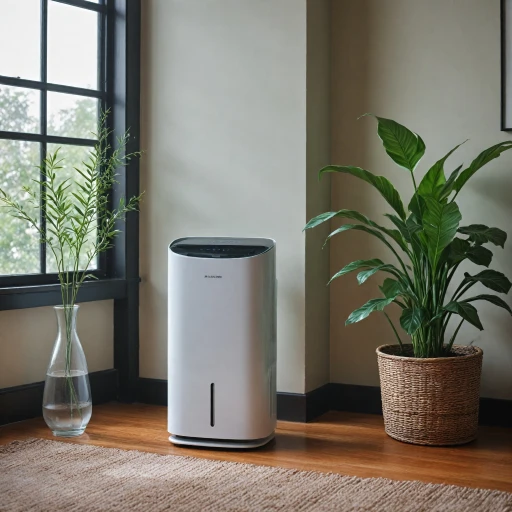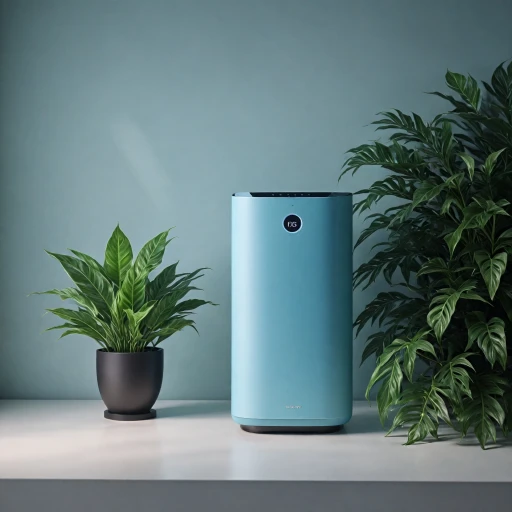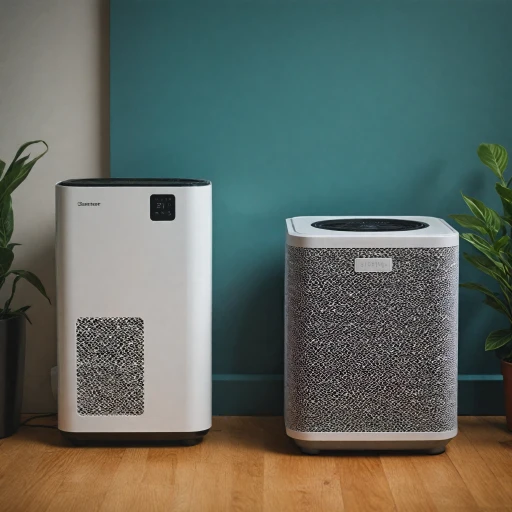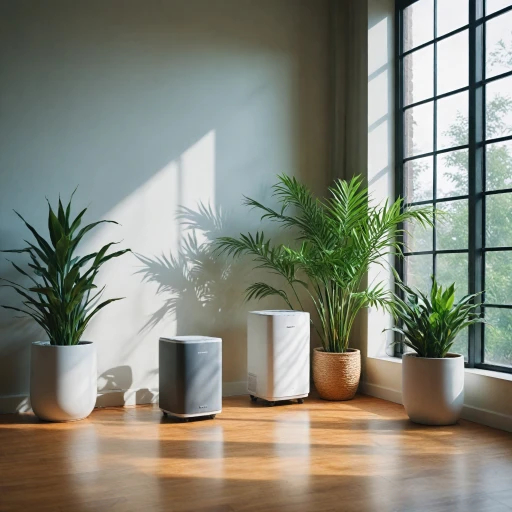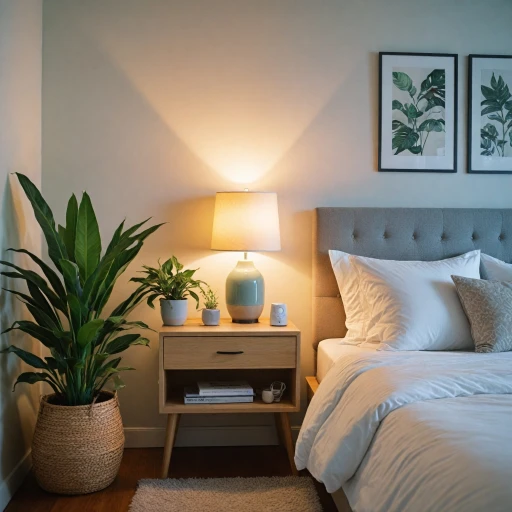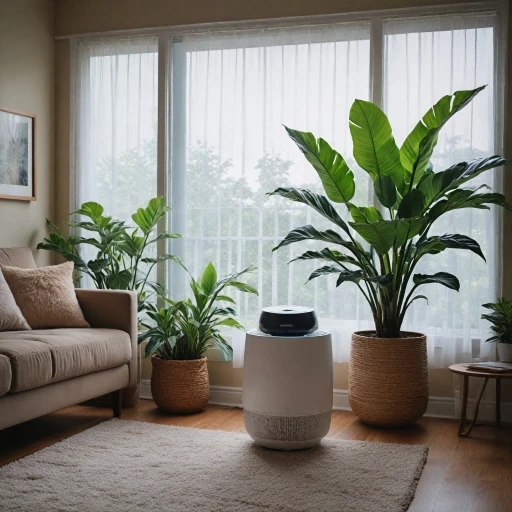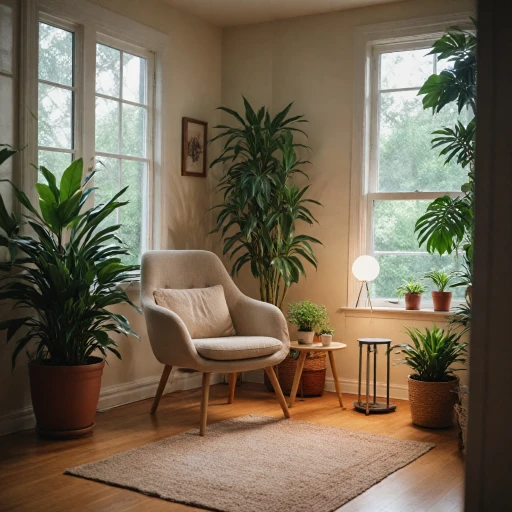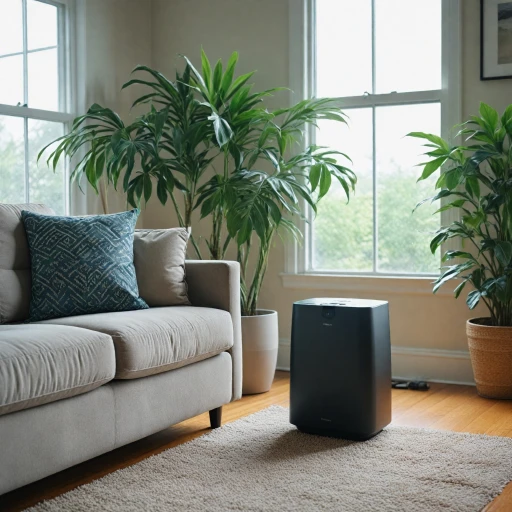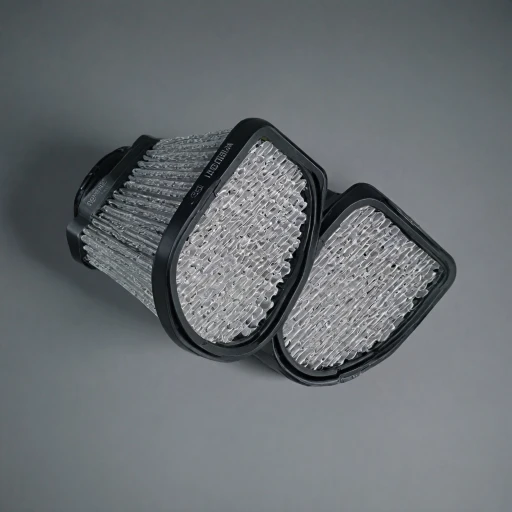
Understanding the Importance of Air Purifiers
The Significance of Indoor Air Quality
With increasing air pollution and urbanization, maintaining high indoor air quality has become more essential than ever. Indoor environments, whether homes or offices, often harbor pollutants like dust, pet dander, odors, and airborne particles which can affect health and comfort. Therefore, installing an air purifier can help ensure a supply of clean air, ultimately enhancing overall well-being.
The Role of Air Purifiers in Modern Living
Air purifiers work as efficient devices that circulate room air through filters to trap contaminants. They typically include HEPA filters for particles and activated carbon filters for odors, ensuring a clean and odor-free indoor atmosphere. These purifiers help reduce allergy and asthma triggers, making them a must-have for those sensitive to air quality.
Why Air Purifiers Are Gaining Popularity
The increasing awareness of environmental issues is pushing people to invest in models that promise efficiency and energy-saving features. High-efficiency models available on platforms like Fintechzoom are being favored due to their ability to handle varying room sizes while consuming less energy. As a result, air purifiers are becoming a crucial aspect of smart living, aligning well with energy-efficient lifestyle choices.
To explore more about the best air purifiers available, the factors that make some models stand out, and how to optimize their use, consider checking this insightful resource.
Key Features to Look for in an Air Purifier
Essential Attributes to Evaluate in an Ideal Air Purifier
Choosing the right air purifier can greatly enhance indoor air quality. Given the abundance of models on the market, knowing which key features to focus on is crucial. Here is what to consider:- HEPA Filters: The best air purifiers are commonly equipped with HEPA filters, which effectively capture particles as small as 0.3 microns, including pet dander and dust mites. They are highly recommended for those seeking high-quality clean air.
- Activated Carbon Filters: These filters are excellent for removing odors and certain chemical gases. Consider models that incorporate activated carbon filters for optimal removal of unwanted odors.
- Room Size Suitability: It's essential to choose an air purifier that matches the size of the room where it will be used. Most purifiers indicate the square footage they can effectively cover, so be sure to select one that fits your room size.
- Energy Efficiency: Look for energy-efficient models that deliver optimal performance without hiking up your electricity bill. Many purifiers come with Energy Star ratings to guide your decision.
- Noise Levels: Air purifiers vary in noise production, measured in decibels (dB). If you're sensitive to noise, choose air purifiers designed for quieter operation.
- Maintenance and Filter Replacement Costs: Understanding maintenance requirements, including the frequency and cost of replacing filters, is crucial when selecting the best air purifier.
Comparing Top Air Purifiers on Fintechzoom
Evaluating the Leading Air Purifier Models
When it comes to choosing the best air purifier for your home or office, it's essential to evaluate several top models. These purifiers are known for their advanced features and proven performance in enhancing air quality.- HEPA and Carbon Filtering Purifiers: Among the most effective options are purifiers with high-efficiency particulate air (HEPA) filters. These models excel at capturing tiny particles, including allergens, dust, and pet dander. Many also include activated carbon filters, which are specialized in eliminating odors and volatile organic compounds, ensuring clean air circulation.
- Energy Efficiency and Coverage: It's crucial to consider the energy efficiency of an air purifier, especially if it will be operating continuously. Look for Energy Star certified models, which are designed to offer optimal performance while minimizing energy consumption. Additionally, assess the room size coverage to ensure it aligns with your space requirements.
- Advanced Features and Smart Technology: The fintechzoom best air purifiers often incorporate smart features such as air quality monitoring and app connectivity. These features allow you to control and adjust settings remotely, providing real-time feedback on indoor air conditions.
- Specialized Odor and Particle Filtration: Models equipped with specialized filters boast higher efficiency in addressing specific concerns like heavy odors or smoke particles. These could be particularly beneficial in homes with smokers or pets.
Addressing Common Concerns and Misconceptions
Dispelling Common Air Purifier Myths
As the popularity of air purifiers grows, so do the misconceptions surrounding them. Understanding the facts can be vital when choosing a purifier that meets your needs.
Do Air Purifiers Really Help?
One of the most frequent questions is whether air purifiers genuinely improve indoor air quality. Indeed, studies and user experiences indicate that high-efficiency particulate air (HEPA) filters effectively capture small particles [source: Example Source]. HEPA filters are designed to trap ultrafine particles that can irritate the respiratory system.
Energy Consumption and Efficiency
Some worry about the energy consumption of purifiers. However, many modern models boast energy-efficient features that make them cost-effective to run. Look for air purifiers with an Energy Star rating that signifies top-tier energy conservation.
Addressing Concerns of Odors
While active carbon filters are effective against a variety of common odors, they are not a catch-all solution. Combining activated carbon with other features such as UV purifiers can help tackle stubborn odors in most settings.
Room Size Considerations
A common misconception is that all air purifiers are suitable for any room size. The reality is that the best air purifier's efficiency is often contingent on the room size it is intended for. Therefore, always check the recommended room size before purchasing.
The Role of Regular Maintenance
To maintain optimal efficiency, regular maintenance is crucial. This typically involves cleaning or replacing filters, which helps sustain the device's ability to provide clean air continuously.
Air Purifiers and Open Windows
Operational effectiveness can be hindered if windows are left open, as outdoor particles quickly compromise indoor air. For best results, close windows when using a purifier to maximize air quality improvement.
Tips for Maximizing Air Purifier Efficiency
Optimizing the Performance of Your Air Purifier
Maximizing the efficiency of your air purifier is key to maintaining high air quality within your indoor spaces. Whether you're using a model with advanced HEPA filters or one that's energy-efficient, there are several strategies to ensure your purifier performs at its best.- Choose the Right Size for Your Room: Understanding your room size is essential when selecting an air purifier. Larger units are typically better suited for spacious areas, while smaller, compact models efficiently handle cozier spaces.
- Regular Maintenance of Filters: Filters, including HEPA and activated carbon filters, collect dust, particles, and pet dander. Regular cleaning or replacement ensures they continue to function effectively, preventing clogging and maintaining clean air.
- Strategic Placement: Position your air purifier in a location with optimal airflow. Avoid obstructing its air intake vents with furniture, which can hinder performance and reduce efficiency.
- Utilize Energy Settings: Many modern air purifiers come with adjustable fan speeds and modes, allowing you to balance performance and energy consumption. Use energy settings to keep the purifier running efficiently without unnecessary power use.
- Monitor Air Quality: Stay informed about the indoor air quality using built-in sensors if available. Some purifiers provide real-time updates that can assist you in optimizing settings and filter replacement schedules.
- Address Odors Quickly: If specific odors or smoke become noticeable, make sure your purifier's settings and filters are tailored to address these particles effectively. Activated carbon filters are particularly useful in eliminating unwanted odors.
- Open Windows Periodically: While air purifiers are powerful tools, they work best in conjunction with good ventilation. Occasionally opening windows allows fresh air to complement the purifier’s efforts, expelling trapped pollutants.
Future Trends in Air Purification Technology
Envisioning the Future of Air Purification
As we look to the future of air purification technology, several exciting developments are on the horizon that will change how we view indoor air quality. With increasing concerns about air pollution and the ongoing advancements in technology, air purifiers are evolving to meet modern needs and demands.
Innovations in Air Filtration
One of the most significant trends is the enhancement of HEPA filters. These filters, known for their efficiency in capturing fine particles, are being refined to capture even smaller pollutants more effectively. Expect to see models with improved HEPA technology that offer cleaner air to breathe, particularly for people concerned about allergens like pet dander and other minute particles.
Smart Technology Integration
As homes become smarter, so too do air purifiers. Future models are expected to incorporate sophisticated smart technology, allowing you to control air quality from your phone or smart home devices. This integration helps with energy efficiency, providing insights into usage patterns and allowing users to optimize the device’s performance to fit their lifestyle and room size.
Sustainable Materials and Design
In response to growing environmental awareness, new air purifiers are focusing on using sustainable materials and energy-efficient designs. Devices utilizing activated carbon filters can efficiently target odors and volatile organic compounds while minimizing environmental impact. Energy-efficient air purifiers not only save on energy bills but also reduce the carbon footprint, aligning with global sustainability efforts.
Advanced Odor and VOC Detection
Upcoming models are being developed with high sensitivity sensors that detect odors and volatile organic compounds (VOCs) promptly. This feature allows air purifiers to adapt quickly to changes in air quality, providing an instant response to ensure clean air at all times. It's ideal for households where indoor air quality can fluctuate rapidly due to various activities.
Health and Wellness Applications
Beyond just purifying air, future models are expected to offer health benefits, tapping into the wellness trend. These purifiers may come with integrated humidifiers or features that disperse essential oils, contributing to a holistic health approach. They can be particularly beneficial in dry or polluted environments, offering dual benefits of air purification and humidity control.
